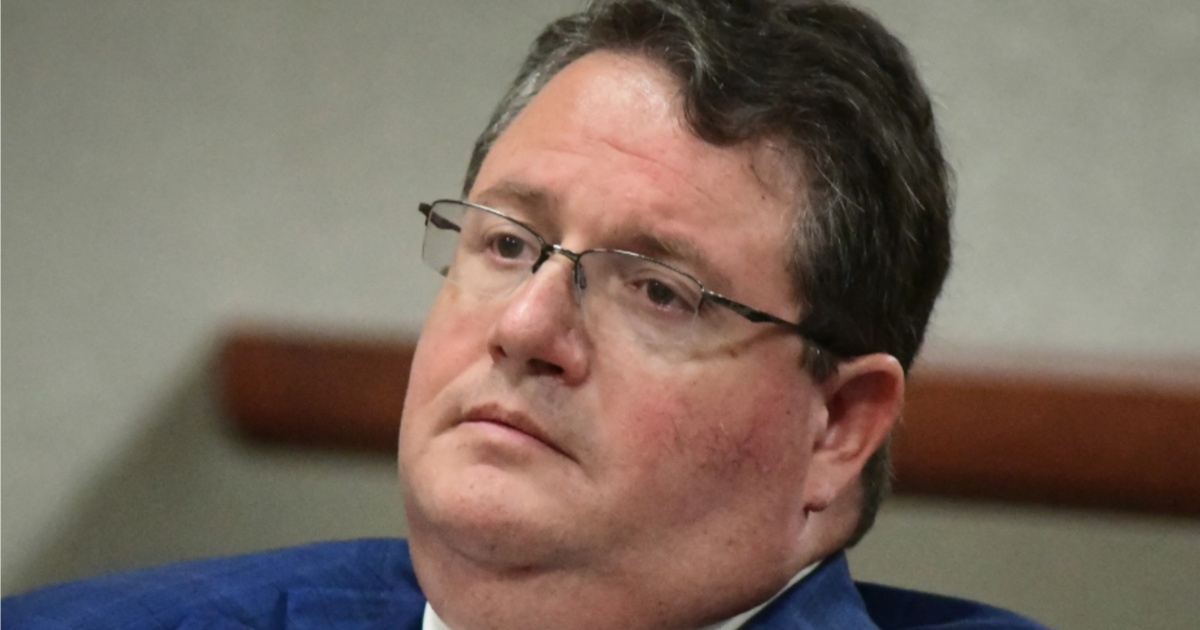
Too often, conversations about elder care skip over the most important voice: older adults themselves. The Minnesota Star Tribune’s recent article on seniors choosing assisted living touched on this truth (“When a care facility isn’t a good fit,” Sept. 28). It quotes families and professional advocates but largely dismisses the very thing that those families say that elders want: agency and autonomy over institutionalization.
Minnesota culture — and our public policy — affirms that people have the right to make choices in line with their own values and traditions. Even if those choices are different than the ones we may make for ourselves. That freedom shouldn’t vanish with age. To deny it is ageism — plain and simple.
What’s troubling is the idea that the solution is to regulate assisted living into the next generation of nursing homes. That runs directly against the choices older adults are making — and against Minnesota’s policy direction over the past two decades. At the heart of this debate is the conflict between autonomy and paternalism, with providers caught in the middle.
Take smoking: Regulations require providers to discourage it, but residents retain the right to smoke in their own home, as the Ombudsman for Long-Term Care has affirmed. If we want to prioritize autonomy for all ages, we must ask whether we are tilting too far toward paternalism and ageism in a misguided pursuit of safety.
In fact, assisted-living providers are already required to meet more than 500 individual state regulations governing health and safety, staff training, building codes, emergency preparedness, dementia care and much more. In short, Minnesota must make a choice: We can either regulate our elders’ agency into oblivion, or we can recognize that appropriate levels of freedom always come with some risk. To pretend we can have it both ways is not only intellectually dishonest, but it also harms the well-being of the older adults who should be the priority in our policymaking.
I can applaud that the article was right about one thing: Minnesota is underinvesting and deprioritizing aging services at exactly the wrong time. Gov. Tim Walz and the Legislature cut $1 billion from aging and disability programs earlier this year, even as our senior population is set to outpace our school-age population. In rural areas, that future is already here.
If we truly want to honor our elders, the question isn’t how to restrict their choices. It’s how to build a system that funds and supports their right to live with dignity, autonomy and independence — the same values Minnesotans hold dear at every age.



